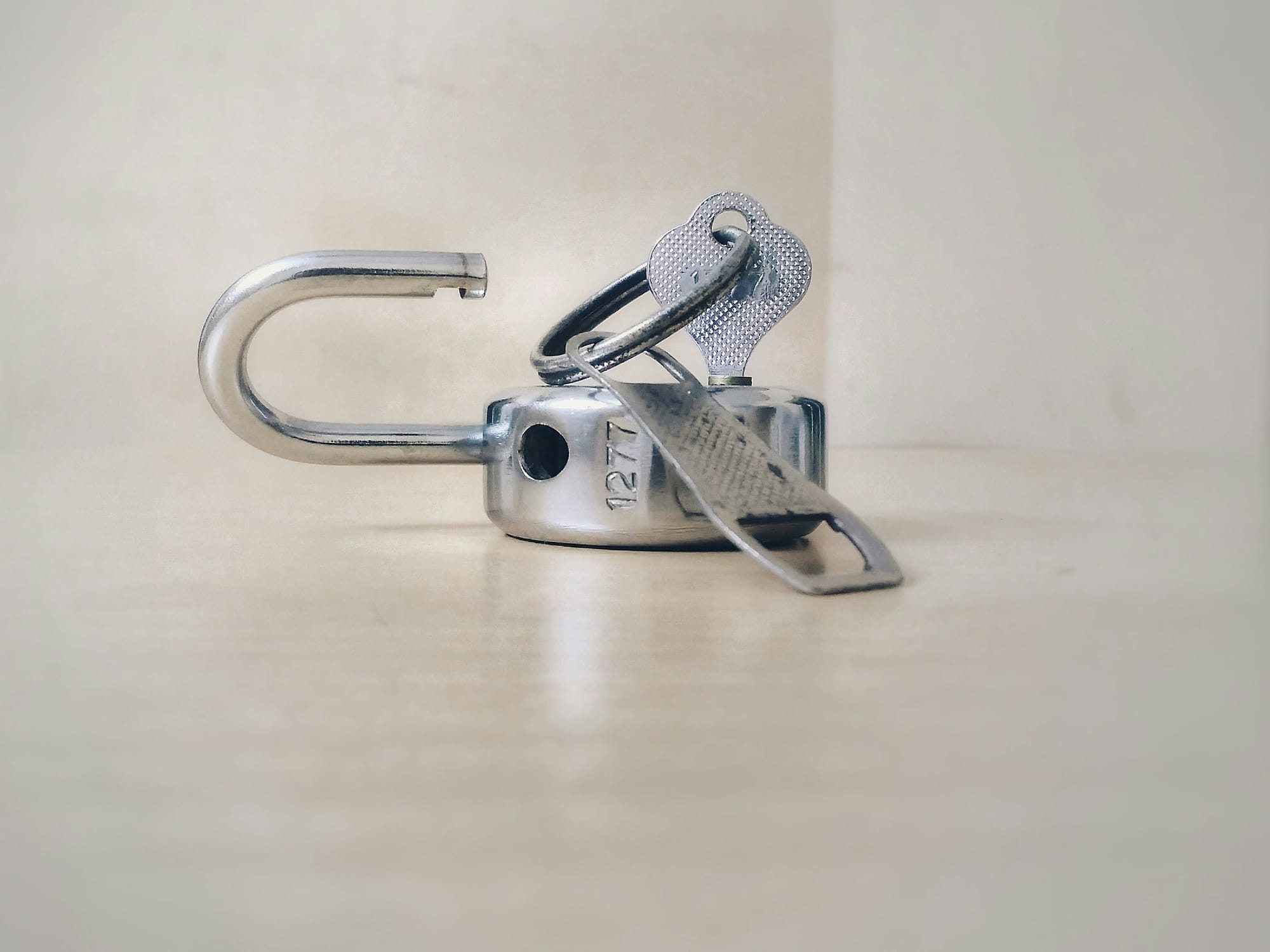How to optimize your landing page for lead generation
For businesses in the online space, landing pages serve as powerful tools for driving conversions. When optimized correctly, a landing page can generate high-quality leads, boosting your sales pipeline and fostering growth.
In this article, we’ll explore the key strategies on how to optimize a landing page for lead generation, focusing on improving user experience, maximizing conversion rates, and achieving your marketing goals.
1. Define a clear value proposition
Your landing page’s value proposition is the reason visitors should consider signing up, purchasing, or downloading your product. A well-defined, compelling value proposition should answer the question: Why should I choose this solution over others?
Tips for crafting a strong value proposition:
- Be specific: focus on the main benefits and features of your product or service that set it apart from competitors.
- Use power words: use words that evoke emotion and excitement, like “exclusive,” “proven,” or “secure.”
- Make it visible: place the value proposition in the main headline or subheadline, ensuring visitors can see it immediately.
A landing page with a clear, persuasive value proposition is more likely to capture attention, keeping potential leads engaged and willing to take the next step.
2. Streamline your form fields
Lead generating landing pages typically include a form to collect visitor information. However, forms that are too long or intrusive can be a barrier to conversions. Streamlining your form is essential for improving user experience and maximizing leads.
Form optimization best practices:
- Request essential information only: limit form fields to the most necessary details. For example, if a name and email address are enough for initial engagement, avoid asking for a phone number or company name.
- Use conditional logic: tailor your form to the user’s responses. For instance, if a visitor indicates they are interested in a specific product, you can show additional questions related to that product only.
- Highlight benefits: explain how filling out the form benefits the visitor. Phrases like “Sign up for a free trial” or “Get exclusive access” can boost form completion rates.
3. Create compelling and relevant content
Content is a critical element in any landing page. It should be persuasive, focused on the benefits of your offering, and written to address your audience’s needs and pain points.
Content writing tips:
- Focus on benefits, not just features: instead of listing features, emphasize how those features can solve your visitors’ problems or make their lives easier.
- Use bullet points for readability: bullet points improve readability and help users quickly grasp the key benefits of your product.
- Incorporate testimonials or case studies: social proof is a powerful tool for landing pages. Adding testimonials or case studies can increase trust and motivate visitors to take action.
4. Implement a strong Call-to-Action (CTA)
A well-designed call-to-action (CTA) is the tipping point for lead generation success. The CTA should be clear, action-oriented, and easy to find.
CTA optimization tips:
- Use actionable language: phrases like “Get Started,” “Download Now,” or “Sign Up Free” create a sense of immediacy and purpose.
- Make it stand out visually: use contrasting colors, larger fonts, or a distinct button to ensure your CTA stands out from the rest of the content.
- Limit distractions: reduce the number of links or options on your page. A landing page should have one main CTA to maintain focus on the conversion goal.
5. Optimize for mobile users
With a significant percentage of traffic coming from mobile devices, optimizing your landing page for mobile users is essential. A mobile-friendly design ensures that visitors on smartphones and tablets have a smooth experience, which can greatly impact lead generation.
Mobile optimization tips:
- Responsive design: ensure the page layout automatically adjusts to fit different screen sizes.
- Easy-to-click buttons: mobile users should be able to easily click on buttons without zooming in.
- Fast loading speed: a slow-loading page can lead to high bounce rates. Optimize images, leverage caching, and compress files to improve load times.
6. Leverage A/B testing for continuous improvement
Testing is a crucial step in landing page optimization. Through A/B testing, you can experiment with different elements on your page to determine which versions yield the best results.
A/B testing ideas:
- Headlines: test different headline variations to see which resonates more with your audience.
- CTA buttons: experiment with colors, sizes, and wording to find the most effective CTA design.
- Form placement: place forms in different locations (e.g., above the fold, at the end of the page) to see which spot generates more conversions.
By analyzing the results of these tests, you can refine your landing page based on real data and continuously improve its effectiveness.
7. Incorporate trust signals
Trust signals reassure visitors that your brand is reliable and credible. When potential leads feel secure on your page, they are more likely to complete the conversion.
Types of trust signals:
- Customer testimonials: display quotes from satisfied customers to create social proof.
- Security badges: show security certifications, especially if you’re asking for personal information.
- Privacy assurance: include a note near your form stating that user information will not be shared, which can make visitors feel more comfortable providing their details.
8. Analyze and optimize based on performance metrics
Tracking performance metrics is essential to understand how well your landing page is performing and identify areas for improvement.
Key metrics to track:
- Conversion rate: the percentage of visitors who complete the form or CTA.
- Bounce rate: the percentage of visitors who leave the page without taking action. A high bounce rate can indicate that the page is not resonating with the audience.
- Time on page: this measures how long visitors stay on your page. If visitors spend a short amount of time, it may suggest that the content is not engaging enough.
Use these insights to make data-driven adjustments to your landing page and continue optimizing for better lead generation results.
Summary
Optimizing a landing page for lead generation involves a blend of strong copy, effective design, and a focus on user experience. By defining a clear value proposition, creating compelling CTAs, optimizing for mobile, and using A/B testing, you can create a landing page that not only attracts visitors but converts them into valuable leads.
With consistent testing and a focus on these best practices, you’ll be able to refine your approach, generating higher-quality leads and driving your business growth forward. Now that you know how to optimize a landing page for lead generation, start implementing these strategies and watch your conversions soar.
Optimize, personalize and schedule content in seconds
-

Unlock the benefits of website personalization
-

E-commerce conversion best practices
-

Your ultimate Conversion Rate Optimization checklist
-

How to: complete a Conversion Rate Optimization audit
-

An easy guide to ecommerce website optimization
-

Your guide to Conversion Rate Optimization best practices
-

Landing page optimization - maximizing your conversions
-

Website performance optimization techniques to boost your online business
-

Benefits of website personalization for online businesses
-

How to improve your ecommerce checkout conversion

